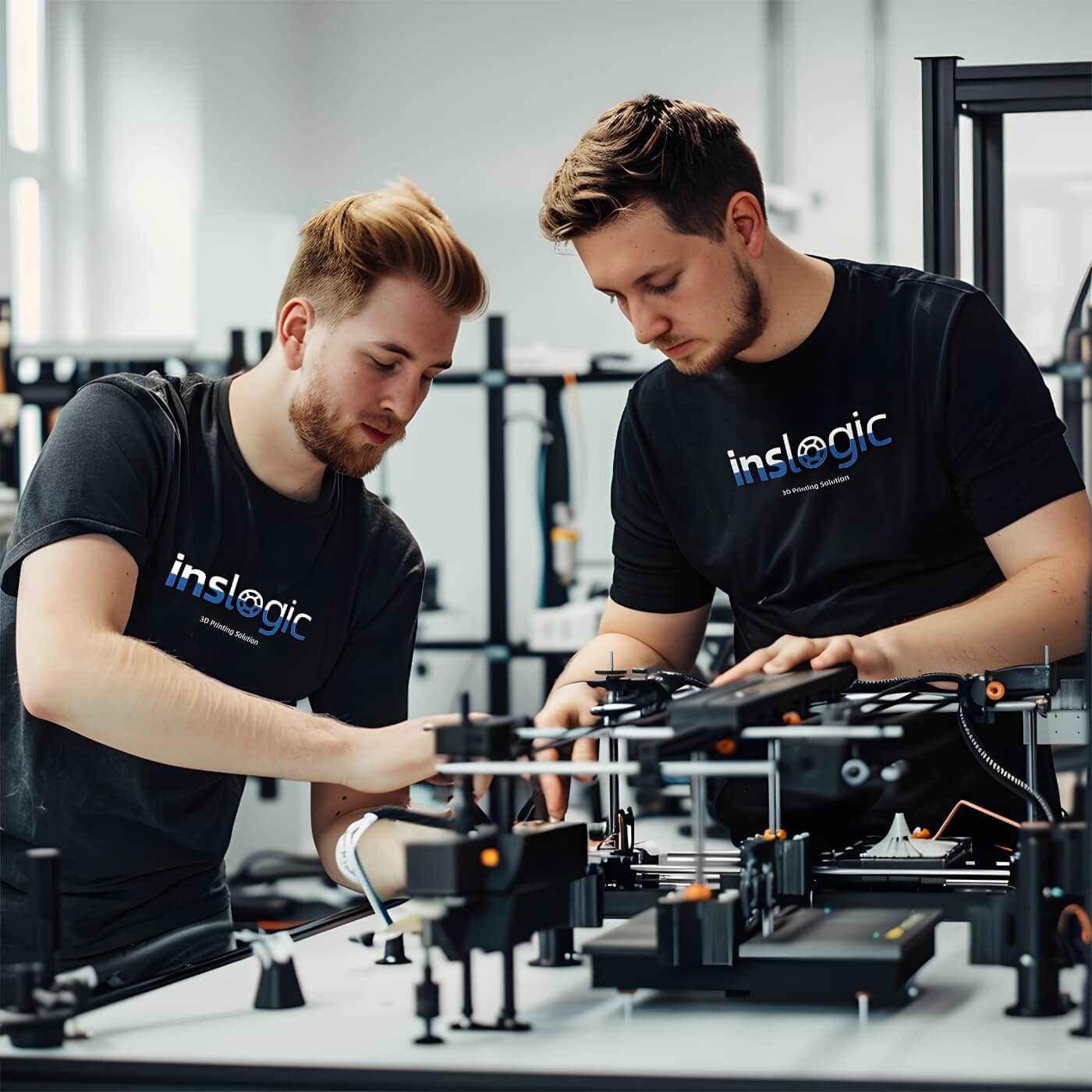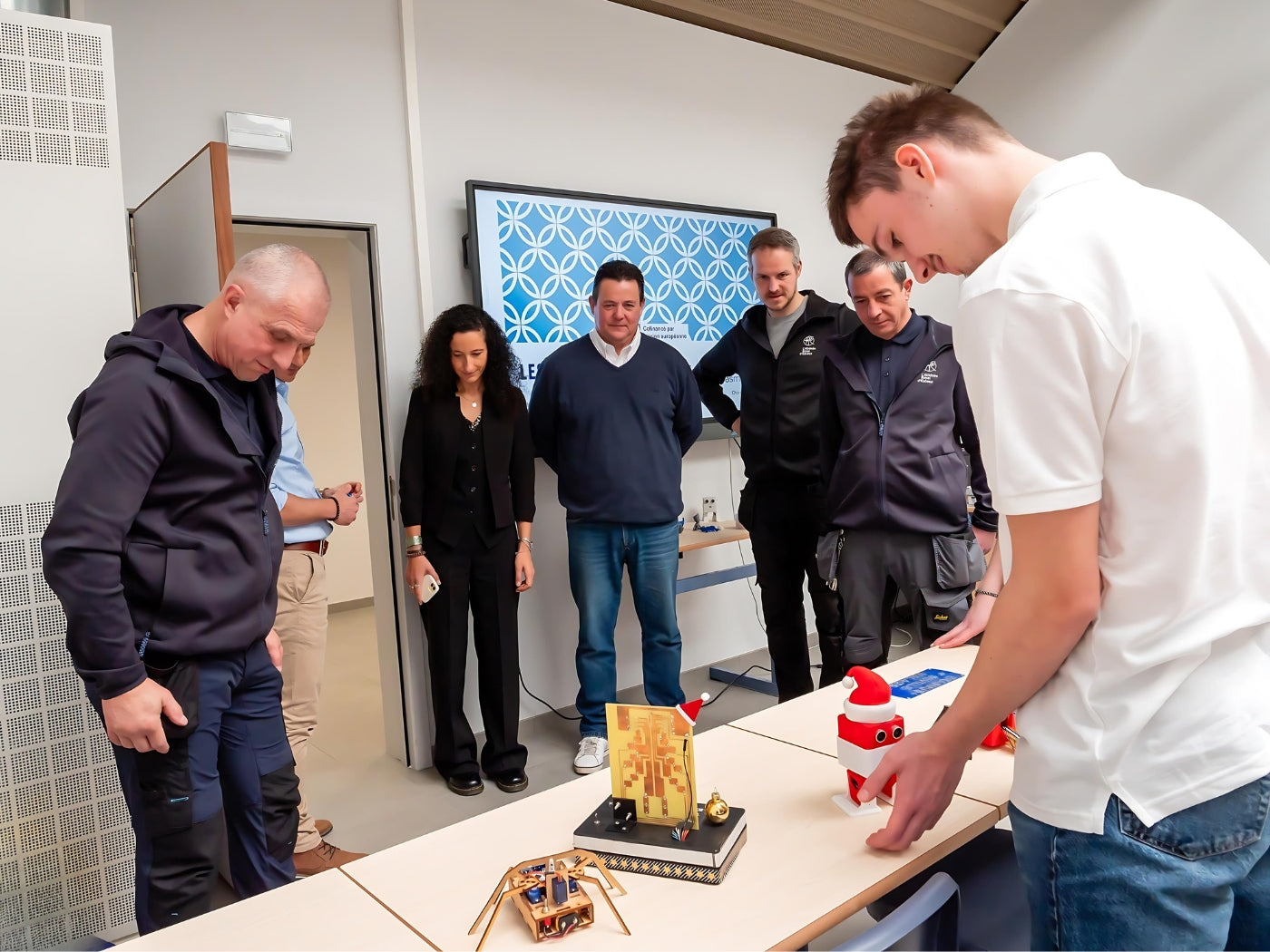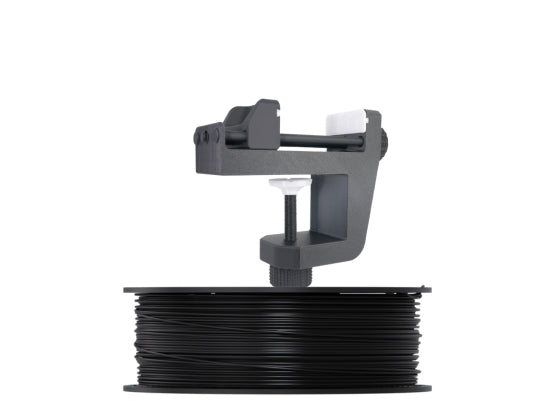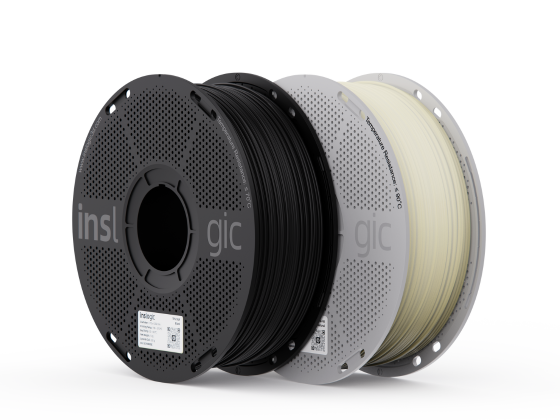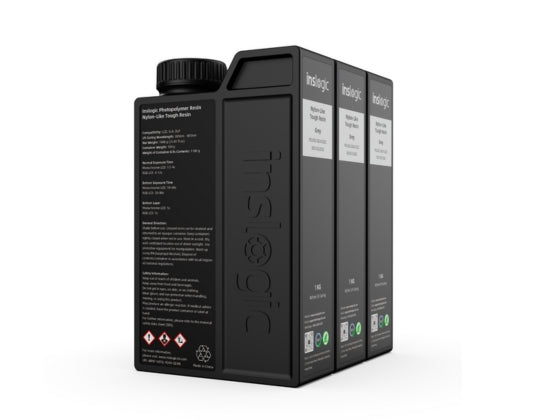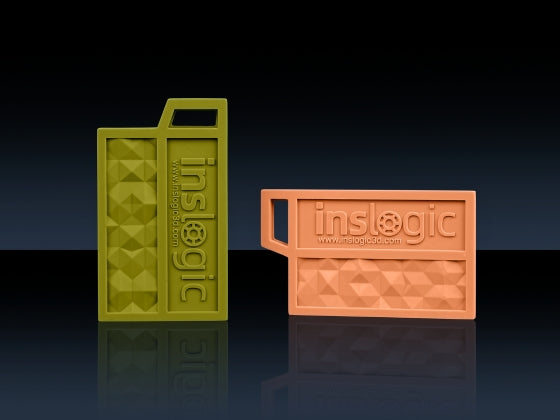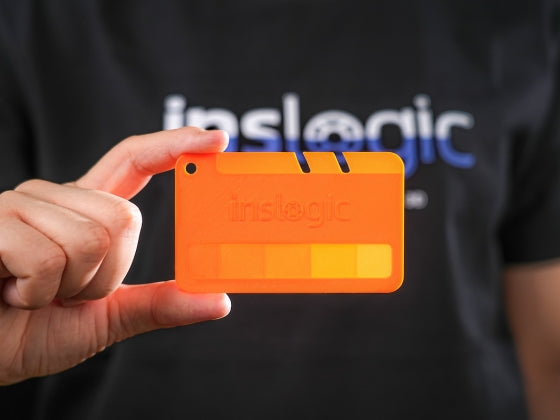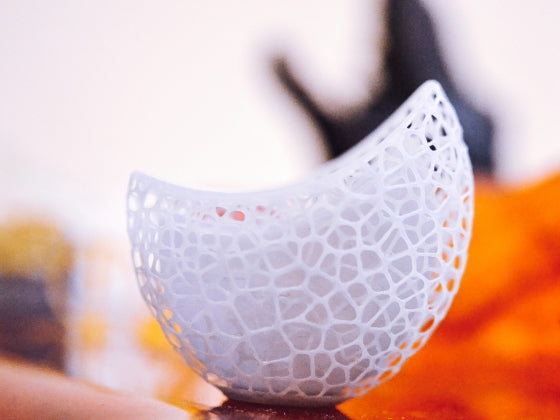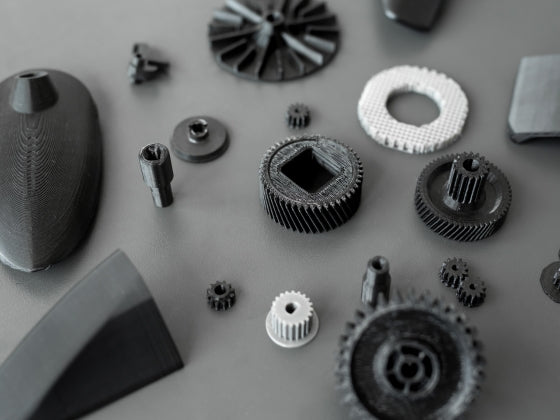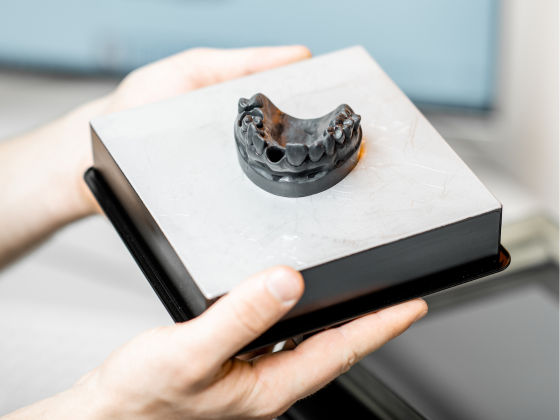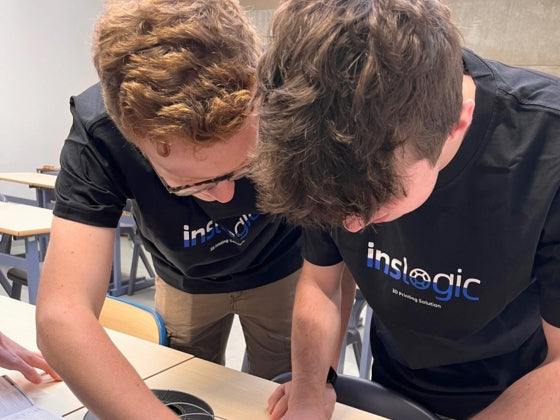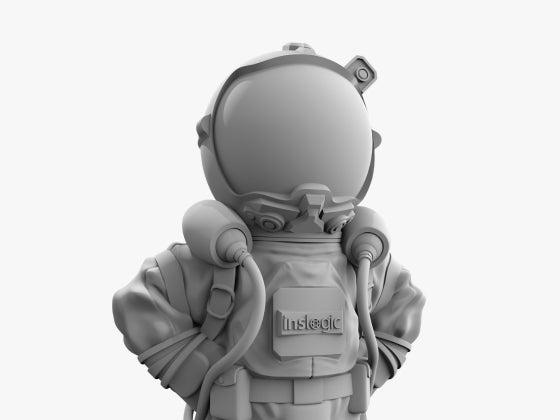The rise of 3D printed medical modeling is transforming the healthcare industry. This rapidly growing field promises substantial changes by creating intricate, often patient-specific anatomical models of body parts, systems, and organs. These models have multiple uses: training junior medical professionals, enhancing patient communication, improving diagnostic accuracy, and refining surgical planning. As 3D printing technology becomes more affordable and its capabilities more advanced, its applications in healthcare are set to expand significantly.
Inslogic collaborates with Dr. Samuel Guigo at University Hospital Center (CHU) in Brest, France. Here, the W.PRINT 3D printing Lab uses Inslogic Matte PLA filament to print anatomical models for various medical purposes.
1. Pre-surgical Preparation
3D models allow medical professionals to bring patient scans to life, providing a clear view of what is needed before performing a procedure.
By using CT and MRI scans, these models create exact replicas of a patient's organs and systems. Such patient-specific models enable surgeons to meticulously plan every step of long and complex procedures before they even enter the operating room.
These patient-specific anatomical models allow healthcare professionals to accurately visualize the surgical area beforehand. Surgeons can use these models to practice entire operations, helping them predict outcomes more accurately and minimize risks during and after surgery.

2. Medical Education and Surgical Training
3D-printed medical models are widely used in training and education, offering valuable benefits to healthcare professionals at all career stages.
For students, these models provide an engaging and interactive way to learn basic anatomy. Newly qualified clinicians can practice procedures before performing them on actual patients. Even the most experienced surgeons can use these models to prepare for delicate or unprecedented surgeries in a risk-free environment.
3. Patient Education and Relations
Anatomical models serve as essential visualization tools, helping patients understand complex medical information. Surgeons can use these models to show how a condition or disease impacts the body and explain the potential effects of proposed treatments and surgeries.
By using these 3D-printed models, patients gain a clearer understanding of the surgeries they will undergo. This clarity helps put patients at ease and allows them to take a more active role in their treatment plans.

Filaments are commonly used with FDM (fused deposition modeling) printers. In this instance, Dr. Guigo and his team used Inslogic Matte PLA filament. Polylactic Acid (PLA) is a favored choice for 3D printing due to its ease of use and biodegradability. The 3D-printed parts have fine details and a textured, matte surface finish.
The successful outcomes observed with these models demonstrate that the application of 3D printing in human anatomy in an ethically sound context is highly valuable and merits further exploration and adoption.

